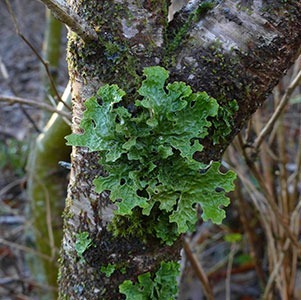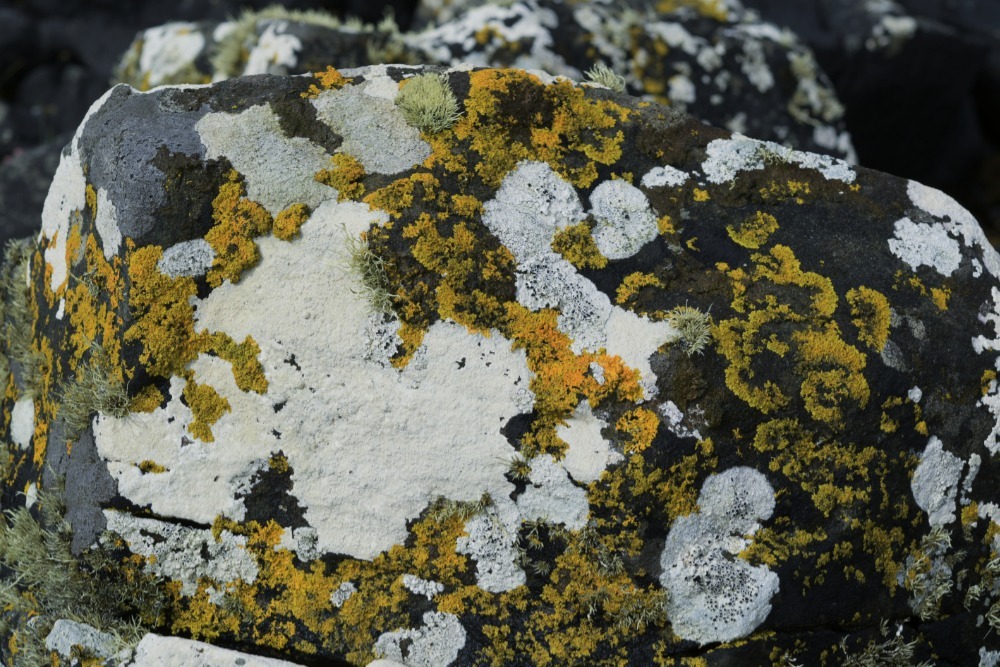
Winter days are short, and the weather can be too extreme for even the hardiest of the islands’ naturalists. Sometimes there will be a brief break in the weather when the wind drops, the rain stops and there may be a glimpse of the distant winter sun. The birdwatchers and beachcombers will always be tempted to venture out to see if anything interesting has turned up, and the remainder of the naturalist tribe might be tempted to take a walk if they have been storm bound for long enough. For the curious naturalist, the winter provides a splendid opportunity to pay attention to some of the smaller, and often overlooked, components of our biosphere. In the winter, we are not going to be distracted by the bright and the beautiful, and in the absence of the summer foliage, we will be able to discover some of the hidden gems of our natural world. A perfect opportunity to take a closer look at some lichens and bryophytes.
Bryophytes: Mosses and Liverworts







Mosses and liverworts (bryophytes) flourish in our cool wet oceanic climate. These ancient plants are common and widespread throughout our islands’ landscapes, but perhaps they are too unobtrusive to attract attention. Tight, dark velvety cushions in rock crevices, shaggy carpets of yellow feathery foliage on the machair, and hummocks in peat bogs, add a rich palette of greens with splashes of gold and magenta to the winter vista. A close look will reveal the intricacies and diversity of their delicate nature. Take the time to look, enjoy and be captivated by their subtle perfection.
Lichens
If you prefer something a little larger and more conspicuous, lichens are often at their best during the winter. A complex group with a diverse range of growth forms: appearing as smooth or powdery crusts and small shrubby tufts on rocks from the shore to hill tops, decorating trees and branches with smooth mosaics, leafy epiphytes and tassels, and creating domes of soft airy reindeer moss among the heather. They can be hard and brittle, soft, smooth, velvety, spongy or gelatinous, varying in colour from soft grey and cream to vibrant yellows and rich browns and reds. You could be deceived into thinking that they are mosses, alga, or fungi, but they are a compound organism formed by the association of a fungus with an alga and/or bacterium. More of an ecosystem than an individual, the fungus provides the structure, and the algae and bacteria contribute additional food resources mainly by photosynthesis. Common and widespread, you don’t have to go far to find some lichens to investigate. Some of my favourite lichen communities are found on old fence posts. In a virtually treeless landscape, wooden structures are a viable alternative to trees, as all lichens need is a suitable substrate to become attached to. Alternatively, the next time you go for a walk on the beach, stop to look for sea ivory or golden lichens on the rocks along the shore. Again, you will have to get close to appreciate the subtleties of their architecture.






You can learn more about lichens in the Outer Hebrides on the Fungi of the Outer Hebrides website
Lichens and bryophytes are not the easiest groups to get to know and giving them species names can be challenging. However, just taking the time to look is the first step in discovering more about our natural world and understanding a little more about the rich biodiversity of our islands. A winter walk can easily be turned into a delight by engaging with nature.
This post is based on an article published in Am Pàipear in February 2024